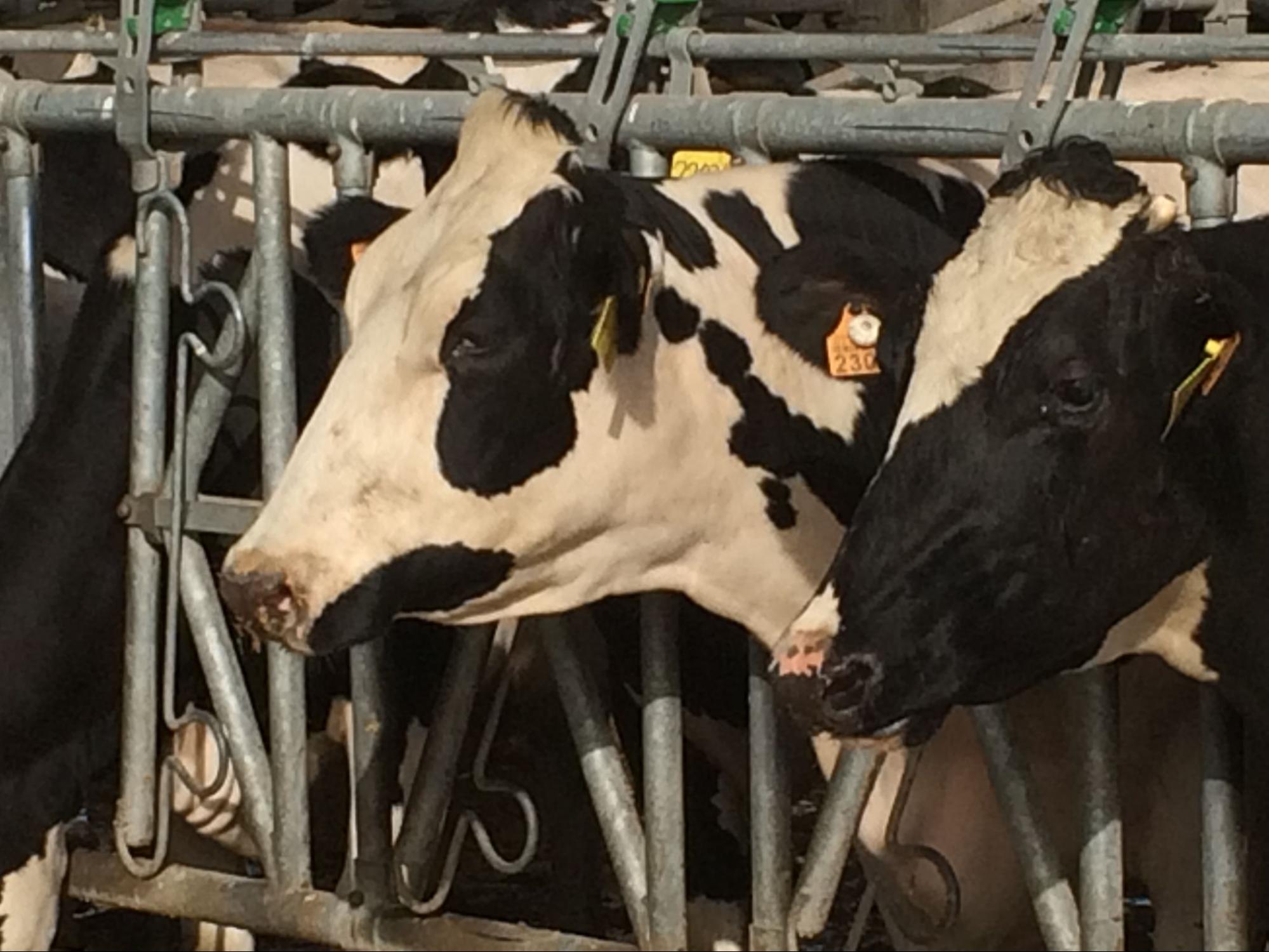Research roundup: Increased communication could lead to better management of lameness on dairy farms
August 31, 2021

Management of lameness in dairy cows would benefit from increased communication and collaboration between farmers, veterinarians, and hoof trimmers—among whom there are varying perspectives regarding roles in lameness control, according to a new study by University of Minnesota researchers.
The study, published this week in the Journal of Dairy Science, targeted those three stakeholder segments in focus group discussions to find what each profession perceives as the biggest barriers to effective lameness management. It showed that farmers, veterinarians, and hoof trimmers viewed lameness as a complex health problem for which arriving at an agreed-upon definition is challenging; that the condition requires collaboration to manage but lacks consistent communication between groups; and that some participants worried lameness can also become normalized and overlooked by farmers.
Lameness in dairy cows represents a significant animal welfare concern and can lead to economic losses for farms. It is the physical manifestation of any number of leg or foot conditions, including sole ulcers, digital dermatitis, and foot rot, among others.
Despite that best management practices exist, lameness persists on dairy farms: a survey of large dairy herds in Wisconsin estimated the prevalence of lameness at 13 percent. Elsewhere, the prevalence is estimated to be higher.
The researchers found hoof trimmers and veterinarians empathize with farmers, whom they see as having limited bandwidth with which to sufficiently manage lameness. But those farm advisors don’t often collaborate to develop solutions with farmers, resulting in lost opportunities to deliver well-rounded expertise.
The study was led by recent PhD graduate Erin Wynands and Associate Professor Gerard Cramer, DVM, DVSc, in the Department of Veterinary Population Medicine, in collaboration with Drs. Beth Ventura in the Department of Animal Science and Steven Roche of ACER Consulting.
The project was spurred by an increased interest to understand the psychology and experiences of stakeholders as they recommend disease management strategies on dairy farms. Through that greater understanding, the researchers hope, a better path forward for lameness management will emerge.
The study was supported by the Minnesota State Legislature through the Rapid Agricultural Response Fund managed by the Minnesota Agricultural Experiment Station.


